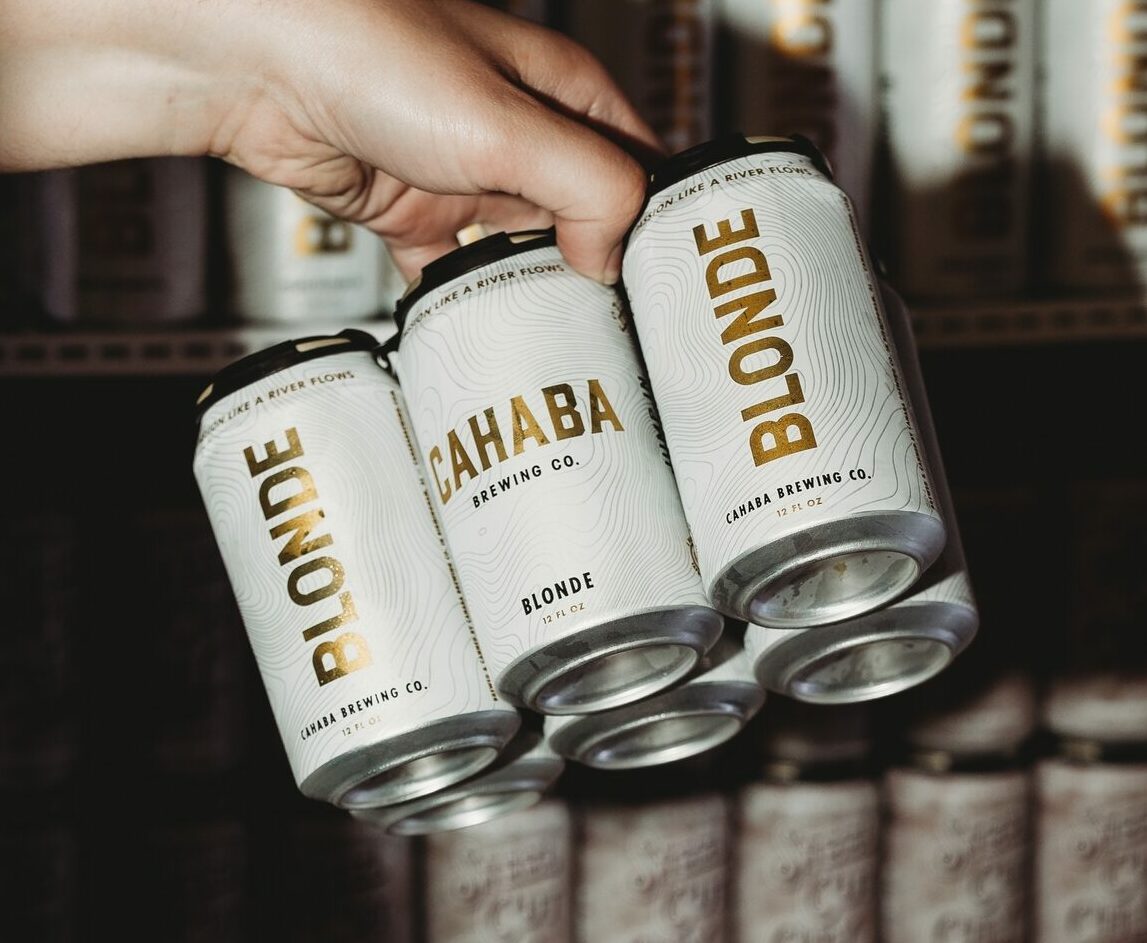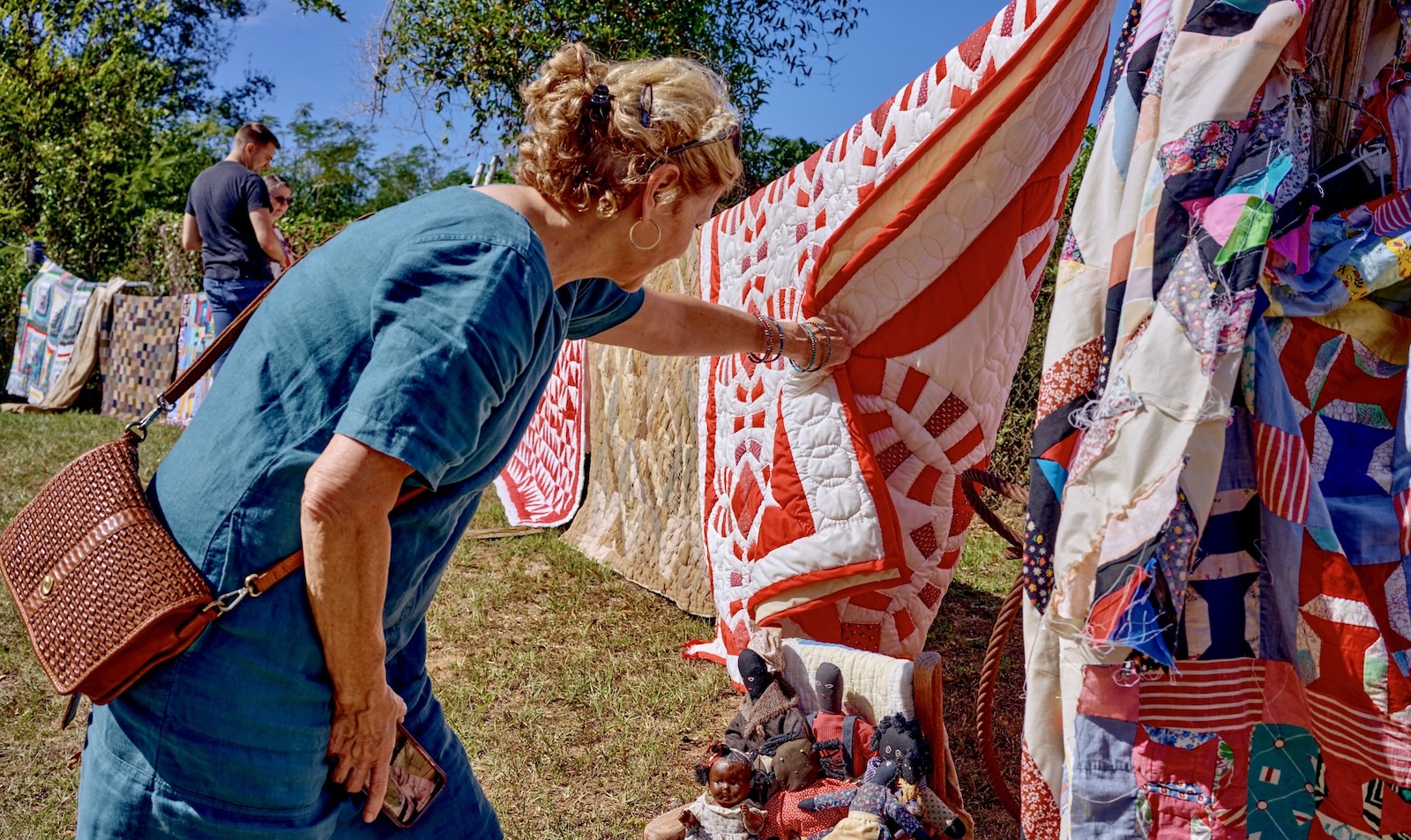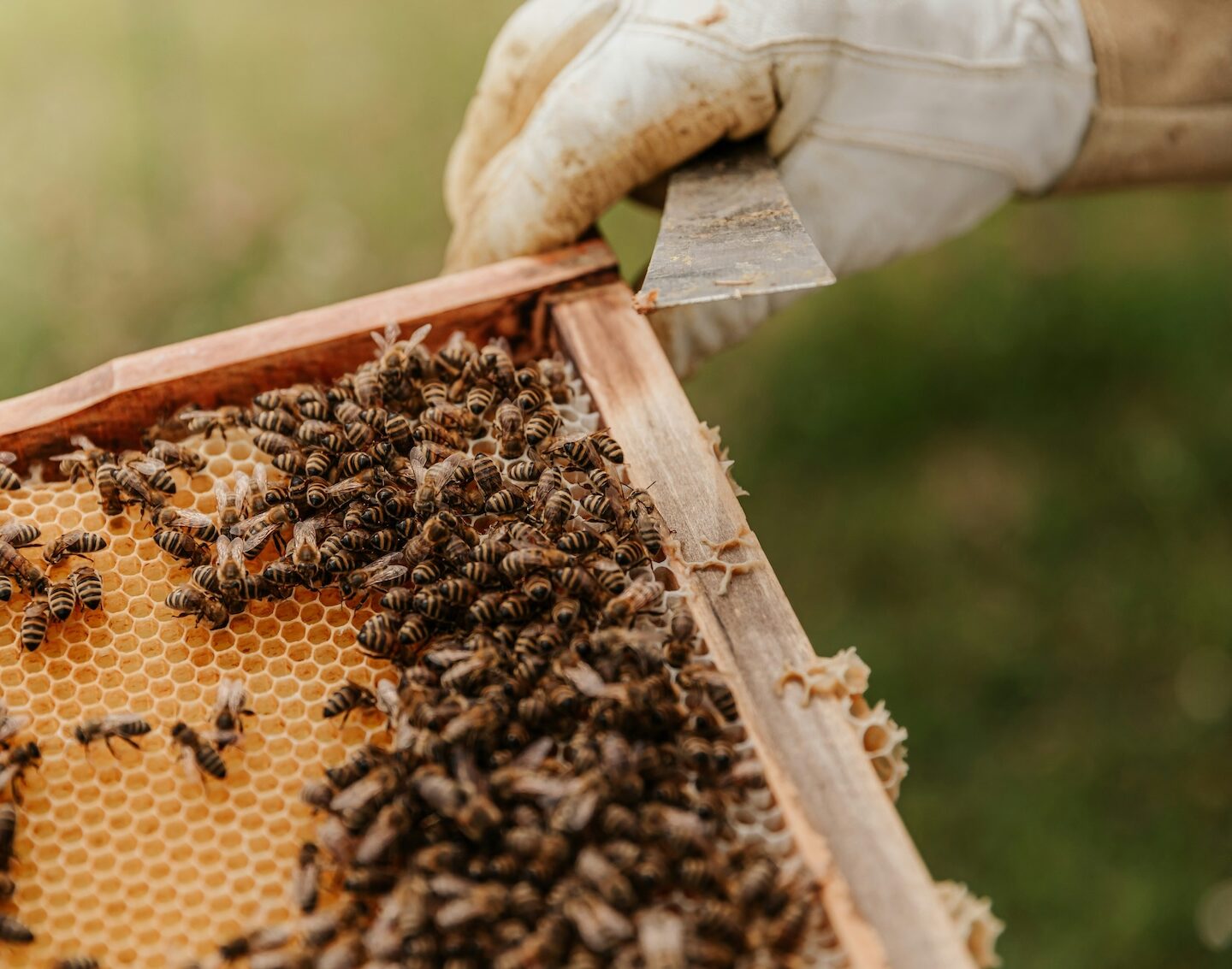Once upon a time, life was simple for craft beer drinkers. They basically needed to distinguish pale ales from IPAs, with bonus points for knowing where extra-special bitter fit into that family. Lagers trended toward pilsner. Only funky Belgian beers had fruit.
But amid today’s brewing baby boom—today’s population of some 9,500 craft breweries is more than a five-fold increase since 2000—restlessly curious beer-makers are bursting with creative energy. They’re exploring intentionally-soured beers, brews that are cloudy instead of clear, and flavors from seemingly every fruit imaginable. They’re finding unique essences in new varieties of bittering hops. They’re reviving obscure brewing styles. And the beers are all quite quaffable, perfect for May when Alabama’s weather hovers between warm and hot. Enjoying spring is thirsty work.
If your craft beer experiences are limited to pale ale, India pale ale (IPA)—perhaps the stray stout—don’t be daunted by all those other strange descriptions you see on the brew menu. Here’s a guide to telling your hazy ale from your Schwarzbier. Be sure to try a pour the next time you visit a local taproom; most also are sold in cans there or in stores. Who knows? You may discover a new favorite brew.
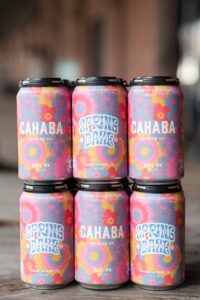
(Cahaba Brewing Company/Facebook)
Hazy
Select strains of grain, hops, and even yeast create cloudiness in beer, especially the popular practice of dry-hopping IPAs to boost floral, citrusy, and piney flavors and aromas. When your beer is crystal clear, it’s likely been filtered. But while the result is pleasing to the eye, filtering strips some of the flavor that brewers work so hard to achieve.
Deciding to embrace and even enhance the haze, a brewer in Vermont started making what we now know as hazy IPA. His customers liked the big-boned flavors and its appearance. As the craze spread regionally and then nationally, some started calling it New England style after its birthplace.
If a brewery carries a stock IPA these days, it likely turns out batches of hazy IPA too. Spring Daze Hazy India Pale Ale, a recent release by Cahaba Brewing in Birmingham, is dry-hopped twice. Co-founder and brewmaster Eric Meyer describes it as “crisp and floral with zesty notes of citrus.”
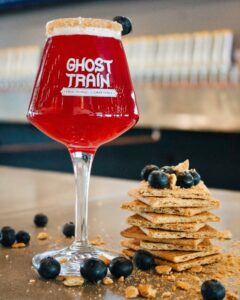
(Ghost Train Brewing Co./Facebook)
Sour
For centuries, brewers relied on whatever yeast was floating nearby to ferment their ales. Breweries that consistently produced good beer developed and nurtured their own house strains. The development of microscopes allowed brewers to isolate pure yeast strains that optimize beer’s sweet and bitter flavors and exclude the bad stuff.
But some brewers in the Flanders region of Belgium stuck to traditional methods. Brettanomyces (sometimes you’ll see it as “Brett”) and Lactobacillus (“Lacto”) in the wild yeast produced tart and earthy flavors.
Today, beer that has been intentionally soured by Brett and Lacto is all the rage. Birmingham’s Ghost Train Brewing Co. specializes in them, including their Pau Hana Smoothie Sour. Made with mango, passionfruit, tangerine, and just a smidge of hops, it’s a robust 7 percent alcohol.
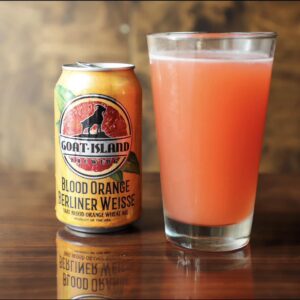
(Goat Island Brewing/Facebook)
Berliner Weisse
Berliner Weisse beer is a low-alcohol (4 percent or less) and relatively clear brew made with wheat and barley that is intentionally soured. The style became popular in Berlin starting in the late 1800s but faded into relative obscurity until the modern microbrewery era. Some of the few Berlin bars serving it would create beer flights resembling traffic signals by adding red syrup to one, green syrup to another, and leaving the middle one its natural golden color. Goat Island Brewing in Cullman, which was settled by German immigrants in the late 1800s, produces its Blood Orange Berliner Weisse year-round.
Kellerbier
Golden-hued, unfiltered, and naturally cloudy from yeast held in suspension, kellerbier is a crisp lager that is slow-aged at chilly temperatures (the name translates as “cellar beer”). Kellerbier is not often found in American microbreweries, but Ferus Artisan Ales’ flagship brewery in Trussville is currently dispensing a moderate-strength version (5.5 percent alcohol). All three Ferus locations, including one in Birmingham’s Avondale district and another in Fairhope, carry several lagers that are perfectly suited for spring.
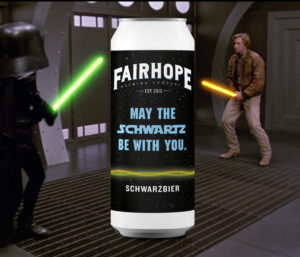
(Fairhope Brewing Company/Facebook)
Schwarzbier
Come to the dark side with Schwarzbier, a German dark lager that is a deep ruby to black in color (the name means “black beer”). A well-brewed Schwarzbier has the refreshingly crisp qualities of lighter-hued lagers paired with rich chocolate and coffee notes from dark-roasted barley. Fairhope Brewing is currently pouring its version, “May the Schwartz be with You” (4.6 percent alcohol).
[/fusion_text][/fusion_builder_column][/fusion_builder_row][/fusion_builder_container]
